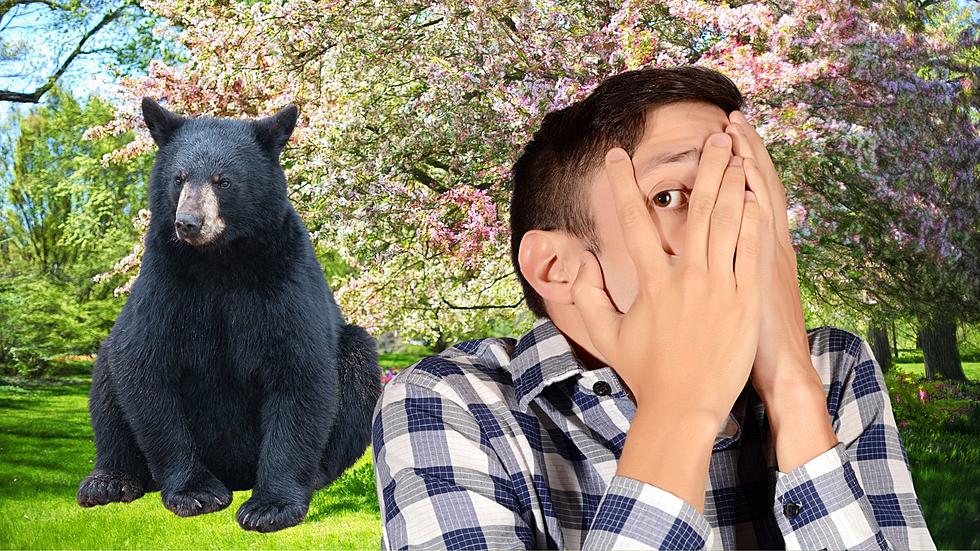
Michigan: Watch Out for The State’s Biggest Predator This Spring
As Spring begins to creep into Michigan, we will start seeing a lot more animal activity. Michigan has a pretty prosperous nature system in place, and the Michigan Department of Natural Resources does a great job maintaining its vibrancy as best they can.
But with the new season, brings new leaves, flowers, and the return of some of Michigan's biggest predators - black bears.

Michigan has worked diligently to grow and preserve the black bear population. Yes, there are hunting seasons for them, but only so many tags are issued each year, and they are very careful about the animals you're allowed to take.
Meanwhile, the majority of the population are left thrive and grow. In fact, the Michigan DNR reported between 2012, and 2022, the population of black bears has ballooned nearly 25 percent. More than 12,000 black bears call Michigan home, and that population has continued to grow, and spread through the state, ever since.
Thankfully for us in the Lower Peninsula, the population is still pretty scarce. Of those 12,000 black bears in the state, about 10,000 live in the Upper Peninsula. Meaning sightings in the LP are rare, but not impossible.
READ MORE: Michigan DNR Bans Gummy Bears in Bait Piles for Bear Hunting
Last year, in fact, a black bear was sighted as far south in the state as Saginaw on a golf course. Four years ago, one was seen as far south as Grand Rapids, eating from a bird feeder. Mid-Michigan has seen some increases in population, but for the most part, black bears stick to the "up north" regions of the Lower Peninsula.
So take comfort knowing that Michigan's largest predator probably won't make its way too much further south... but it's not impossible. And as Spring begins to do its thing, you will probably see a LOT more sightings further north.
